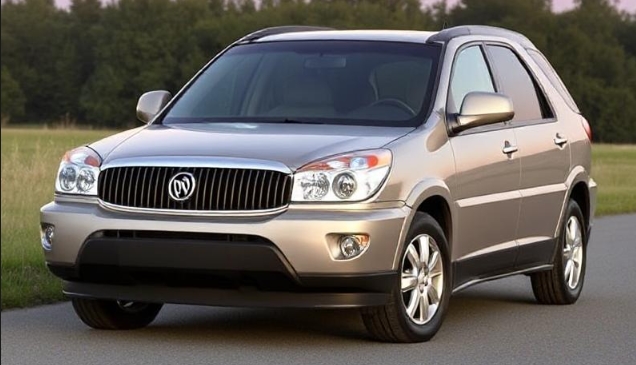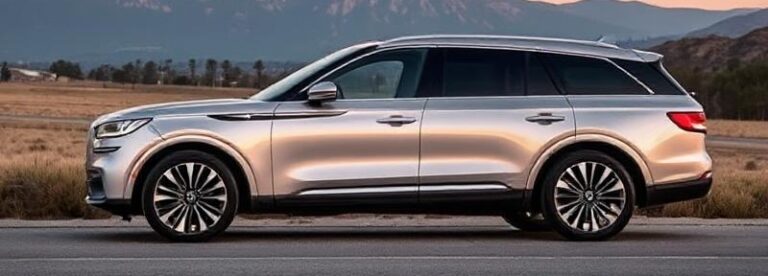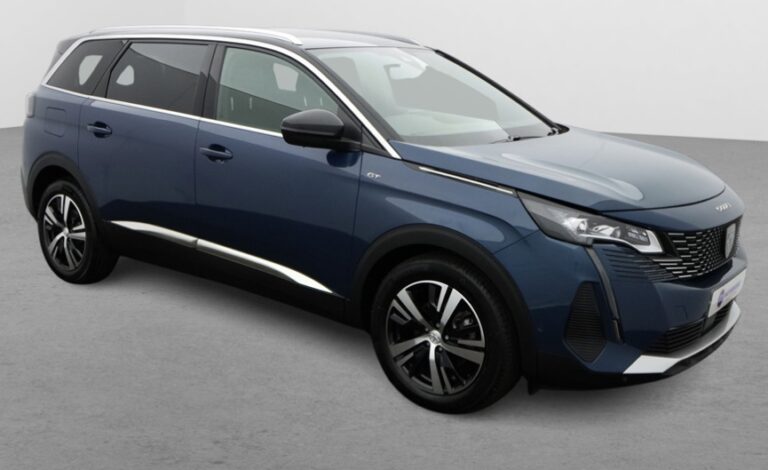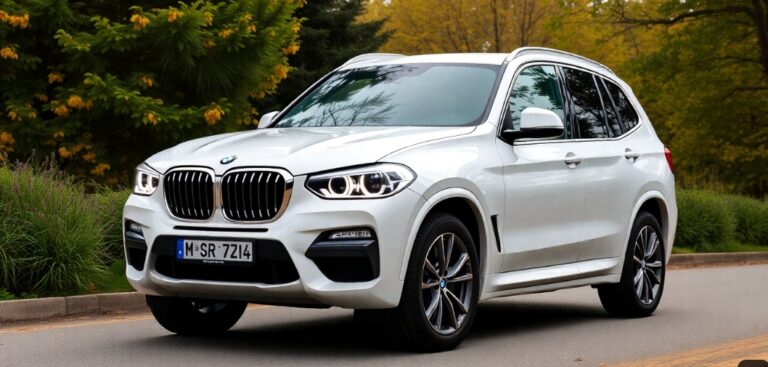The Evolution of the Buick Rendezvous: A Closer Look
The Buick Rendezvous, a mid-size crossover SUV, was introduced in the early 2000s as Buick’s first foray into the crossover market. This vehicle represented a significant shift not only for Buick but also for the automotive industry, signaling a growing demand for versatile SUVs that catered to families while maintaining a level of luxury. This article delves into the evolution of the Buick Rendezvous, exploring the years it was produced, the various models and trim levels offered, and the cultural impact it had during its lifetime.
The Birth of the Buick Rendezvous (2001)
Launch and Initial Reception
The Buick Rendezvous was first introduced in 2001, produced through the 2007 model year. Designed to bridge the gap between traditional SUVs and family minivans, the Rendezvous featured a sleek design, comfortable interior, and an array of features geared toward practicality and family-centric needs.
2001 Model Year:
- Trims Offered: Base, CX, and CXL
- Equipped with a 3.4-liter V6 engine, producing 185 horsepower, the Rendezvous featured front-wheel drive as standard, with an all-wheel-drive option available.
Initial Reception:
The Rendezvous was well-received for its spacious interior and comfortable ride. Its design included a low step-in height, making it easy for passengers to enter and exit, while the cabin boasted ample cargo space, a hallmark of family vehicles.
Second Generation (2002-2007)
Continuous Improvements and New Features
The Rendezvous saw several updates and improvements throughout its production years. In 2002, Buick added an optional third-row seating package, increasing the vehicle’s capacity to carry up to seven passengers. Furthermore, enhancements in safety features, with standard curtain side airbags and traction control on select trims, improved the overall appeal of the Rendezvous.
2002 Model Year
- Trim Levels: Base, CX, CXL
- Engine Options: Introduced a 3.6-liter V6 engine for higher trims (CXL), boosting horsepower to approximately 240, improving performance significantly.
2003 Model Year
- This year marked the addition of an updated audio system and refinements in the interior.
- Features: Satellite radio became optional, enhancing the driving experience, while the front passenger seat gained height adjustability.
2004 Model Year
- The Rendezvous gained further traction with minor updates, maintaining the same trims but expanding on options like leather seating and upgraded audio systems.
- Changes: Enhancements in sound insulation made for a quieter cabin, while changes to the exterior aesthetics modernized its look.
2005 Model Year
- Yearly updates continued to focus on convenience and luxury features. Buick promoted the vehicle’s family-friendly attributes with a range of accessories aimed at lifestyle buyers.
- New Features: Buick introduced a rearview camera and a rear parking assist system in higher trim levels.
2006 Model Year
- This marked the Rendezvous’s final significant updates before its discontinuation. Buick offered incentives and adjustments in pricing structures to increase market competitiveness.
- Trims Offered: Base, CX, CXL, and the limited-edition LaCrosse package available in late 2006.
Discontinuation in 2007
The final model year for the Buick Rendezvous was 2007. During its last year of production, the Rendezvous remained largely unchanged from 2006, and Buick opted to phase out the model in favor of newer designs that focused more on fuel efficiency and updated styling.
Reflection on the Buick Rendezvous
The Buick Rendezvous’s production run of seven years saw it navigate through the evolving needs of families and the automotive market. While it never became a top seller in the realm of crossovers, the Rendezvous garnered a dedicated following, especially among families seeking a practical vehicle that didn’t compromise on comfort or style.
Key Features and Innovations
Throughout its lifespan, the Buick Rendezvous developed a reputation for its key features:
- Spacious Interior: The model was designed to maximize passenger comfort, with easy access to the third-row seats and ample storage solutions.
- Luxury Elements: Buick’s commitment to luxury was evident in the quality of materials used in the interior, as well as features geared towards enhancing the driving experience such as premium sound systems and dual-zone climate control.
- Safety: From its inception, safety was a priority. The Rendezvous came equipped with a variety of safety features, including anti-lock brakes, traction control, and multiple airbags.
- Versatility: The vehicle’s seating flexibility and cargo space made it an attractive choice for families, reflecting the desires of buyers during its production era.
.

.
Conclusion
In summary, the Buick Rendezvous represented an important chapter in Buick’s evolution, paving the way for subsequent crossover models within General Motors. The transition from traditional SUVs to crossovers aligned with changing consumer preferences for vehicles that offered both functionality and comfort. Although production ceased in 2007, the Rendezvous’s impact endures as a pioneer for the segment.
As automotive dynamics continue to shift, it can be appreciated how models like the Buick Rendezvous helped define the demands and features of modern family vehicles. In retrospect, the Rendezvous stands as a blend of Buick’s commitment to luxury and GM’s response to a quickly evolving automotive landscape. Its legacy can be seen in many of the crossovers that dominate today’s market, illustrating the first waves of change that would shape the automotive industry for years to come.







